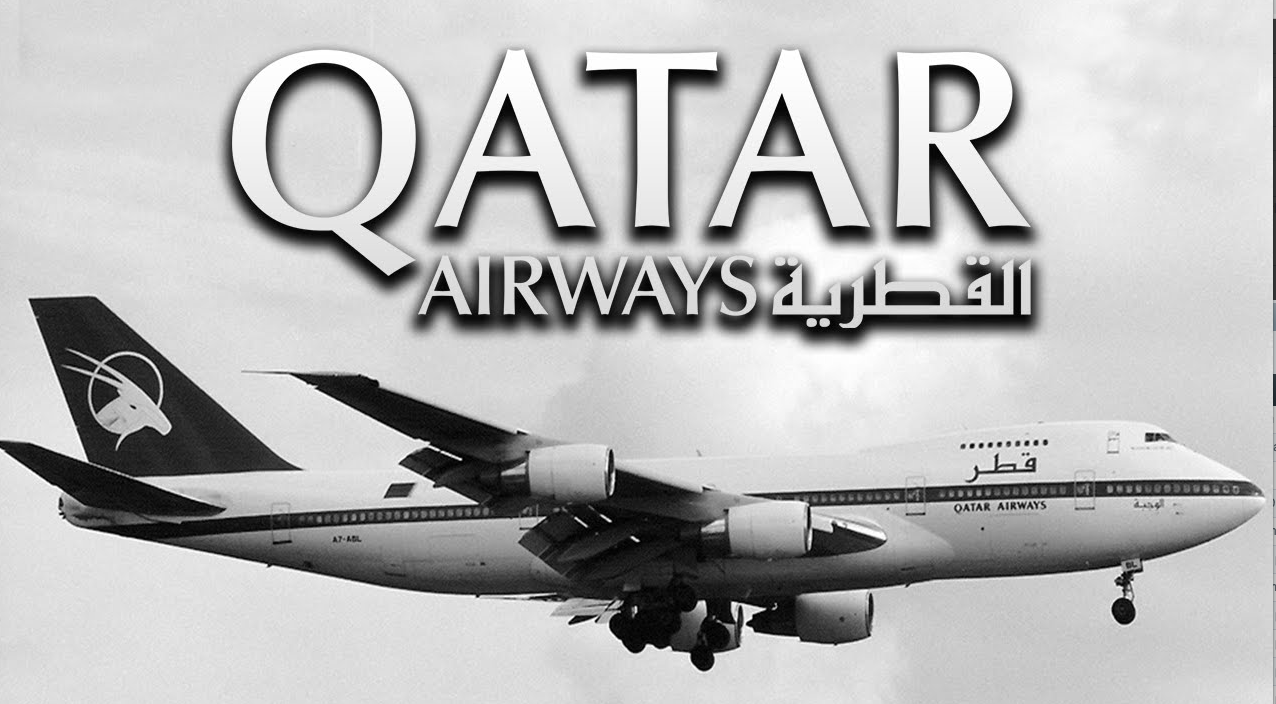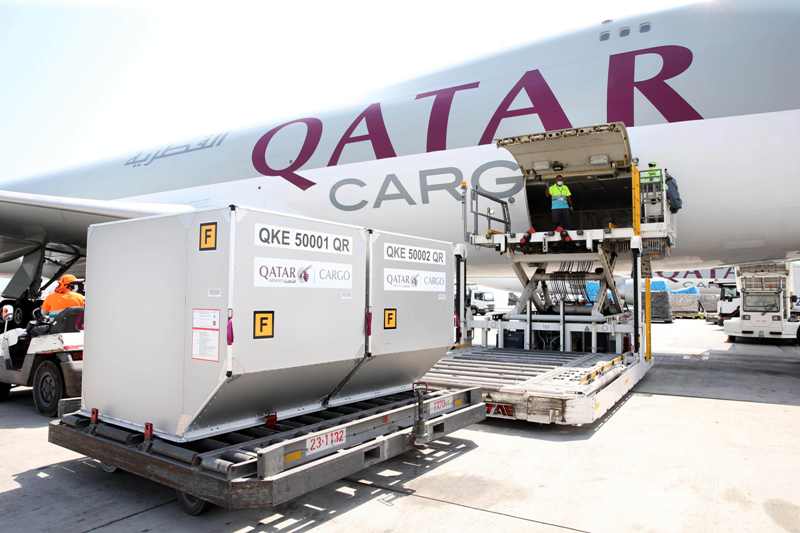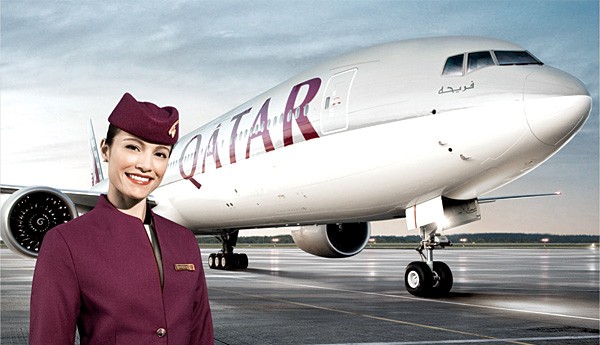Qatar Airways: Soaring to New Heights - A Journey Through History

Qatar Airways, the national flag carrier of the State of Qatar, has emerged as one of the leading airlines globally, renowned for its exceptional service, modern fleet, and extensive route network. The airline’s success story is a testament to Qatar’s strategic vision and commitment to excellence.
Founding Years (1993-2000):
Qatar Airways was established on November 22, 1993, with just five aircraft and a modest fleet comprising two Airbus A310s and three Boeing 767s. The fledgling airline operated its inaugural flight to Amman, Jordan, in January 1994. However, it was under the leadership of His Excellency Akbar Al Baker, who became the Chief Executive Officer in 1997, that Qatar Airways began to chart its course towards becoming a global aviation powerhouse.
Expansion and Modernization (2001-2010):

The early 2000s marked a period of significant growth for Qatar Airways. The airline expanded its fleet with state-of-the-art aircraft, including the introduction of the Airbus A380 and Boeing 777. In 2003, Qatar Airways became the first carrier in the world to operate the Airbus A340-600. By focusing on customer satisfaction, punctuality, and cutting-edge technology, the airline garnered numerous accolades and awards, solidifying its reputation as a premium airline.
ADVERTISEMENT
Qatar Airways’ commitment to innovation was evident in 2007 when it became the launch customer for the Boeing 777-200LR, setting the world record for the longest non-stop commercial flight from London to Auckland.
Doha’s Rising Hub (2011-2020):
The past decade saw Qatar Airways further elevate its status as a global player, with Hamad International Airport in Doha serving as a key hub. The airport, inaugurated in 2014, became a symbol of Qatar’s commitment to providing world-class facilities for travelers. Qatar Airways consistently invested in its fleet, incorporating fuel-efficient and environmentally friendly aircraft, such as the Boeing 787 Dreamliner and the Airbus A350 XWB.
Qatar Airways also expanded its global reach, adding new destinations and increasing frequencies on existing routes. The airline became a member of the prestigious Oneworld alliance in 2013, strengthening its partnerships with other leading carriers.

Resilience Amid Challenges (2020-2024):
The aviation industry faced unprecedented challenges in the early 2020s due to the COVID-19 pandemic. Despite the global downturn, Qatar Airways exhibited resilience by adapting its operations, implementing stringent health and safety measures, and maintaining a robust cargo network. The airline played a crucial role in transporting essential supplies and facilitating repatriation flights during the pandemic.
In 2021, Qatar Airways continued to innovate, introducing the luxurious Qsuite on its long-haul flights. The innovative business class product redefined air travel with its customizable private suites and double beds, earning the airline further acclaim.
As of 2024:
In 2024, Qatar Airways stands as a model of success in the aviation industry. The airline boasts a modern fleet equipped with the latest technology, a global network connecting six continents, and a commitment to sustainability through ongoing efforts to reduce its carbon footprint. Qatar Airways Cargo, a vital component of the airline, plays a crucial role in transporting goods worldwide.

The journey of Qatar Airways from its modest beginnings to its current standing as a global aviation leader reflects the vision, resilience, and commitment of the State of Qatar. As the airline continues to evolve and adapt to the changing dynamics of the aviation industry, Qatar Airways remains a symbol of excellence, providing passengers with unparalleled service and contributing to the growth of the global air travel landscape.


